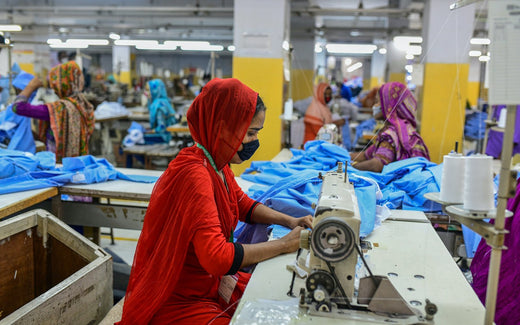Learn more about sustainable fashion



Sustainable fashion prioritizes the use of natural, organic, or recycled materials instead of environmentally harmful synthetic materials. The use of organic fibers such as cactus leather, organic cotton, linen, hemp, and sustainably produced silk is encouraged.

Sustainable fashion strives to ensure safe and fair working conditions for workers at all stages of the supply chain. It promotes decent wages, appropriate working hours, and respect for human rights.

In contrast to the fast fashion approach, sustainable fashion is based on creating durable, high-quality garments that can stand the test of time. It encourages a timeless style rather than following fleeting trends.

The main objective of sustainable fashion is to promote a more conscious and responsible fashion system, in which quality, ethics, and sustainability are valued over mass production and unbridled consumption. By choosing sustainable fashion, consumers contribute to environmental protection and the well-being of communities and workers involved in the fashion industry.
Remember that every little bit counts and that our choices can make a difference in the fashion industry and the environment.

“Fast Fashion is fleeting, but its footprint of waste and exploitation lasts forever.” Fast fashion has become a dominant trend in the clothing industry, defined by mass production of low-cost...
“Fast Fashion is fleeting, but its footprint of waste and exploitation lasts forever.” Fast fashion has become a dominant trend in the clothing industry, defined by mass production of low-cost...

Who am I? I am a Mexican woman passionate about the richness and culture of our country. My greatest desire is to preserve Mexico’s culture and traditions while promoting environmental...
Who am I? I am a Mexican woman passionate about the richness and culture of our country. My greatest desire is to preserve Mexico’s culture and traditions while promoting environmental...
4.93 / 5.0
(14) 14 total reviews
